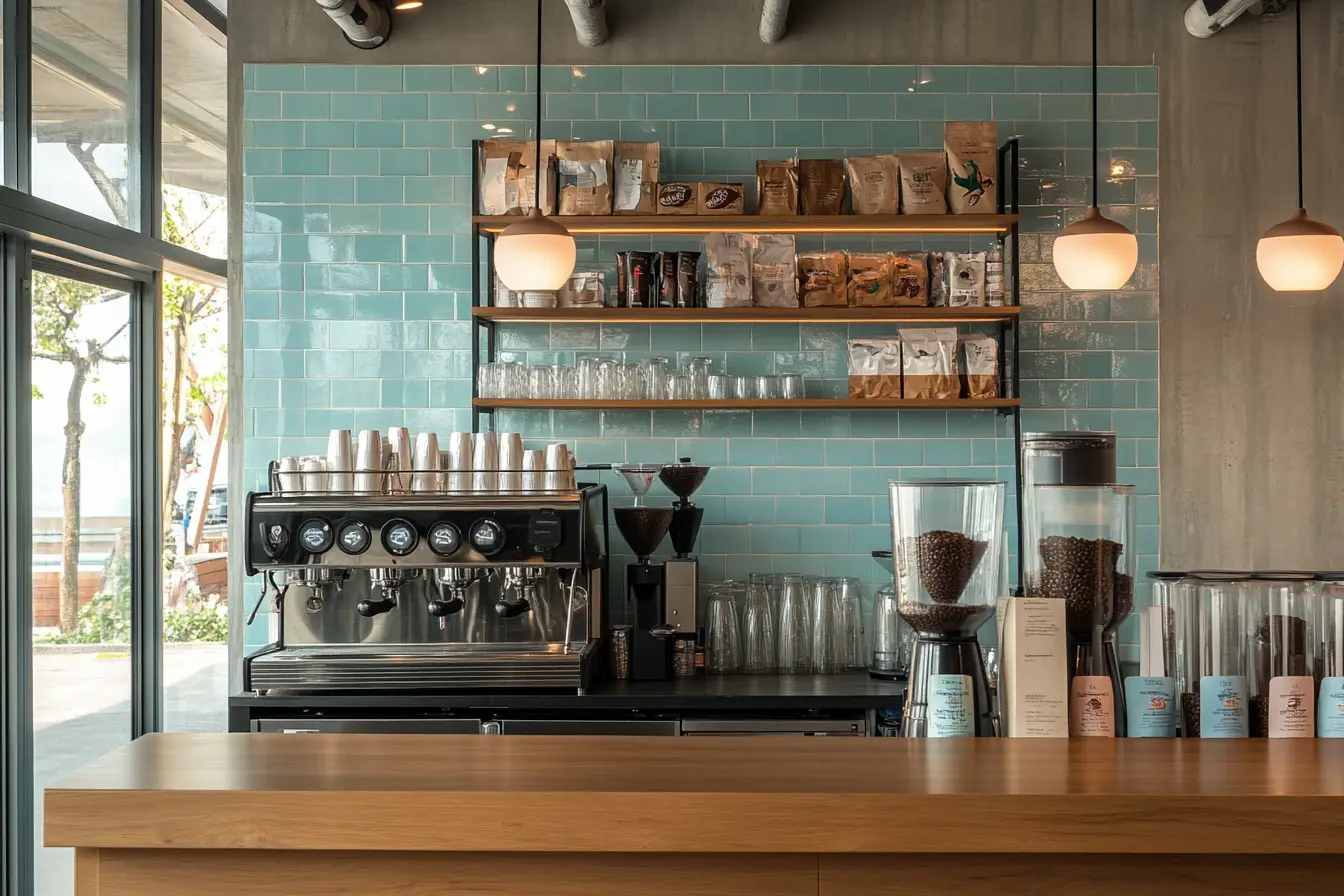
The Brewing Revolution: How Artisan Coffee Culture is Reshaping the Industry
In 2023, Starbucks announced plans to shutter over 1,000 stores globally, a move that shocked investors but resonated with a growing cohort of coffee drinkers. This isn’t just a story about corporate strategy—it’s a reflection of a seismic cultural shift. As mass-market chains falter, a new generation of coffee enthusiasts is rewriting the rules, prioritizing quality over convenience, craftsmanship over speed, and community over ubiquity.
The Decline of the Coffee Giant
Starbucks’ store closures are partly a response to overexpansion (its 35,000+ locations often cannibalized their own sales) but also a symptom of changing tastes. Millennials and Gen Z, raised on Instagram-worthy latte art and TikTok coffee hacks, are rejecting homogenized “fast coffee” in favor of two competing yet symbiotic trends: hyper-local café culture and premium home brewing.
A 2023 National Coffee Association report found that 65% of U.S. adults now drink coffee daily, but only 32% frequent chains like Starbucks—down from 43% in 2019. Meanwhile, sales of home espresso machines surged by 28% in 2022 (Statista), and specialty coffee shops saw a 15% revenue jump. “People aren’t just buying coffee anymore; they’re buying an experience, a story, or a ritual,” says James Hoffmann, World Barista Champion and YouTube’s coffee guru.
The Rise of the Artisan Café
Small, independent coffee shops are thriving by catering to “third-wave” coffee drinkers—those who care about bean origin, roast profiles, and brewing methods. These cafés often:
Partner directly with farmers (e.g., Ethiopia’s Yirgacheffe cooperatives).
Offer rotating single-origin brews.
Host latte art workshops or cupping sessions.
In cities like Portland and Melbourne, cafés like Proud Mary and Patricia Coffee Brewers have become community hubs, where baristas know regulars by name and menus read like wine lists. “We’re not selling caffeine; we’re selling a connection,” says Nolan Hirte, founder of Australia’s Proud Mary.
The Home Barista Boom
Parallel to this café renaissance is the explosion of home brewing. Brands like Breville, De’Longhi, and Niche Coffee have democratized tools once reserved for professionals:
$500 espresso machines with PID temperature control.
Grinders that mimic café-grade particle consistency.
Subscription services (e.g., Trade Coffee) delivering freshly roasted, traceable beans.
For many, the ritual of crafting a pour-over or dialing in an espresso shot has become a meditative practice—and a flex. “My morning coffee is my creative ritual,” admits Sarah Lee, a Brooklyn-based graphic designer who invested $1,200 in a home setup during the pandemic.
Blue Bottle Coffee’s Pivot to Premiumization
Background: Founded in 2002 as a Oakland-based roastery, Blue Bottle became synonymous with the third-wave movement. Nestlé acquired it in 2017 for $700 million, but the brand retained its cult following by doubling down on quality and innovation.
Challenge: Compete with both Starbucks’ scale and home brewing’s convenience.
Strategy:
Micro-Roastery Cafés: Opened smaller, experiential stores with open kitchens where customers watch beans roasted on-site (e.g., Tokyo’s Aoyama location).
Home Brewing Kits: Launched curated subscription boxes with rare beans (e.g., Gesha from Panama) and QR codes linking to brewing tutorials.
Sustainability Storytelling: Committed to 100% direct trade by 2024, with packaging that tracks carbon footprint per bag.
Results:
2023 revenue grew 22% despite Starbucks’ decline.
70% of subscribers are under 35, with 40% citing “ethical sourcing” as their top reason to buy.
Quote from CEO Karl Strovink:
“People don’t want a transaction; they want a relationship—with their coffee, their barista, and the farmer who grew it.”
The Future of Coffee Culture
The coffee industry is bifurcating:
Mass chains like Starbucks are pivoting to drive-thrus and app-based pickup to retain convenience seekers.
Boutique cafés and home brewers are capturing the premium market with authenticity and artistry.
Yet both sides face challenges. Rising bean prices (up 30% since 2021) and climate threats to coffee-growing regions like Brazil and Colombia loom large. The answer may lie in hybrid models: Los Angeles’ Verve Coffee Roasters, for instance, blends café charm with a thriving e-commerce platform that ships globally.
Starbucks’ closures aren’t a death knell for coffee culture—they’re a rebirth. In an age of endless choice, consumers are voting with their wallets: for coffee that’s personal, purposeful, and steeped in passion. Whether that’s a meticulously crafted cappuccino from a neighborhood roaster or a $6 oat-milk latte brewed at home, one thing is clear: the future of coffee is anything but generic.
Further Reading:
“The World Atlas of Coffee” by James Hoffmann
National Coffee Association’s 2023 Trends Report
Blue Bottle Coffee’s 2023 Sustainability Pledge

